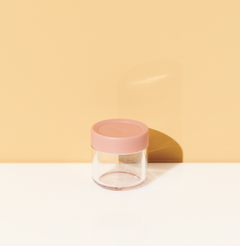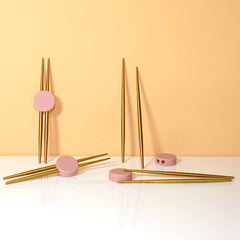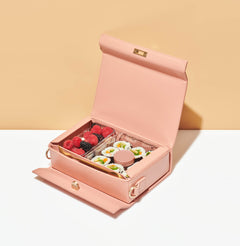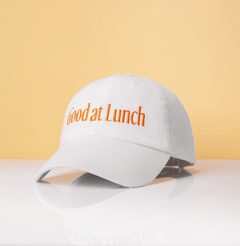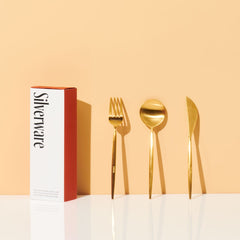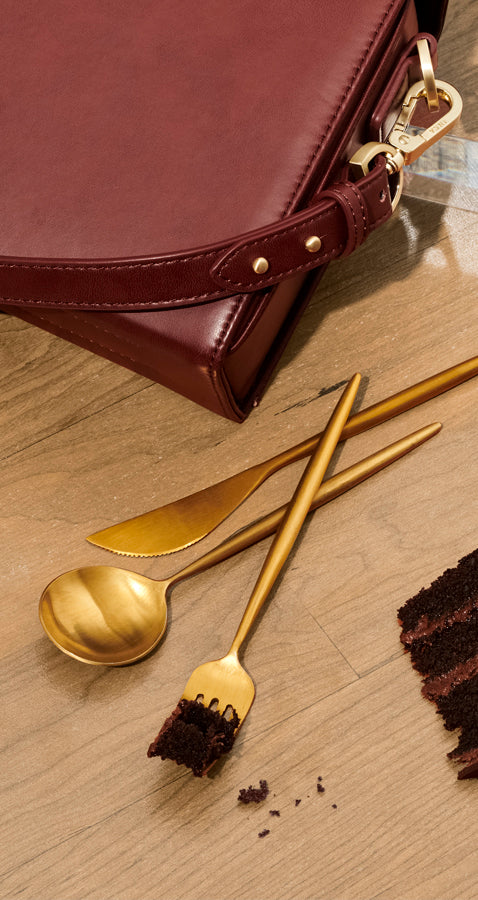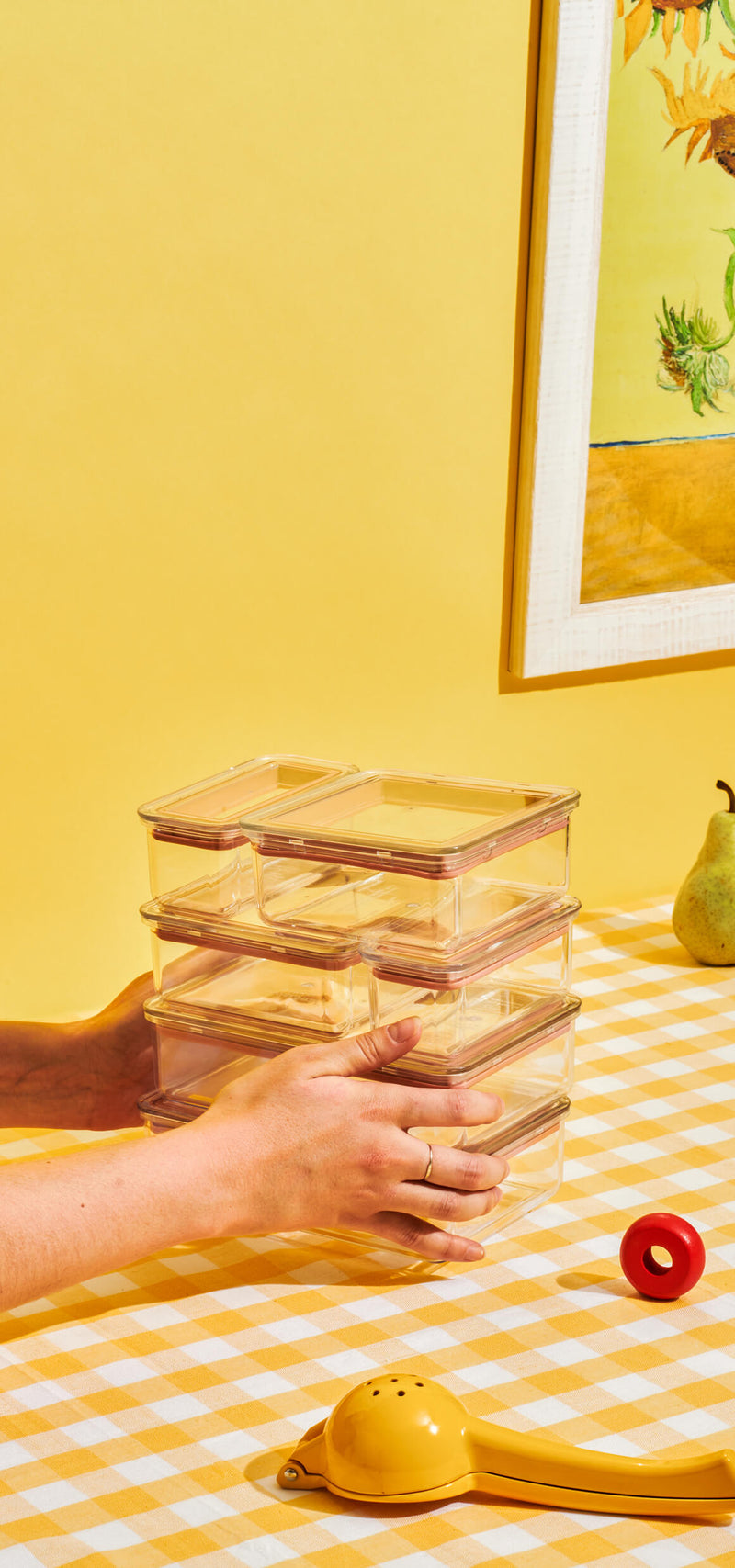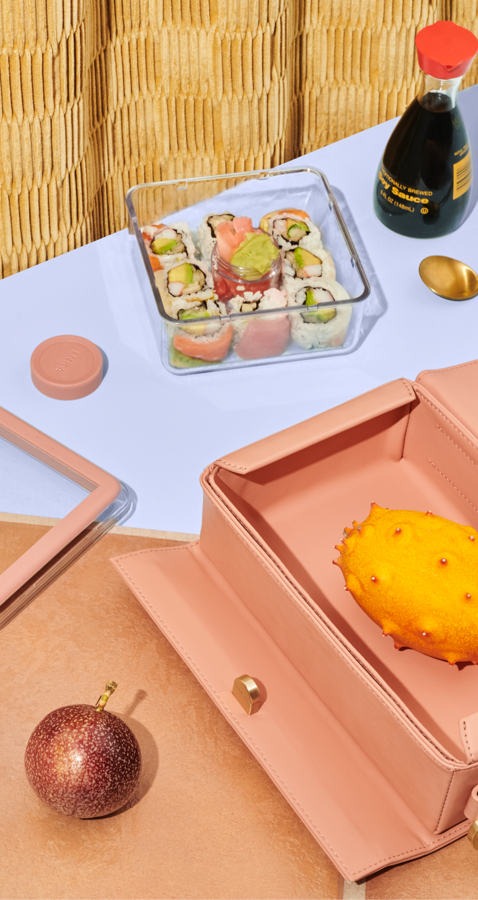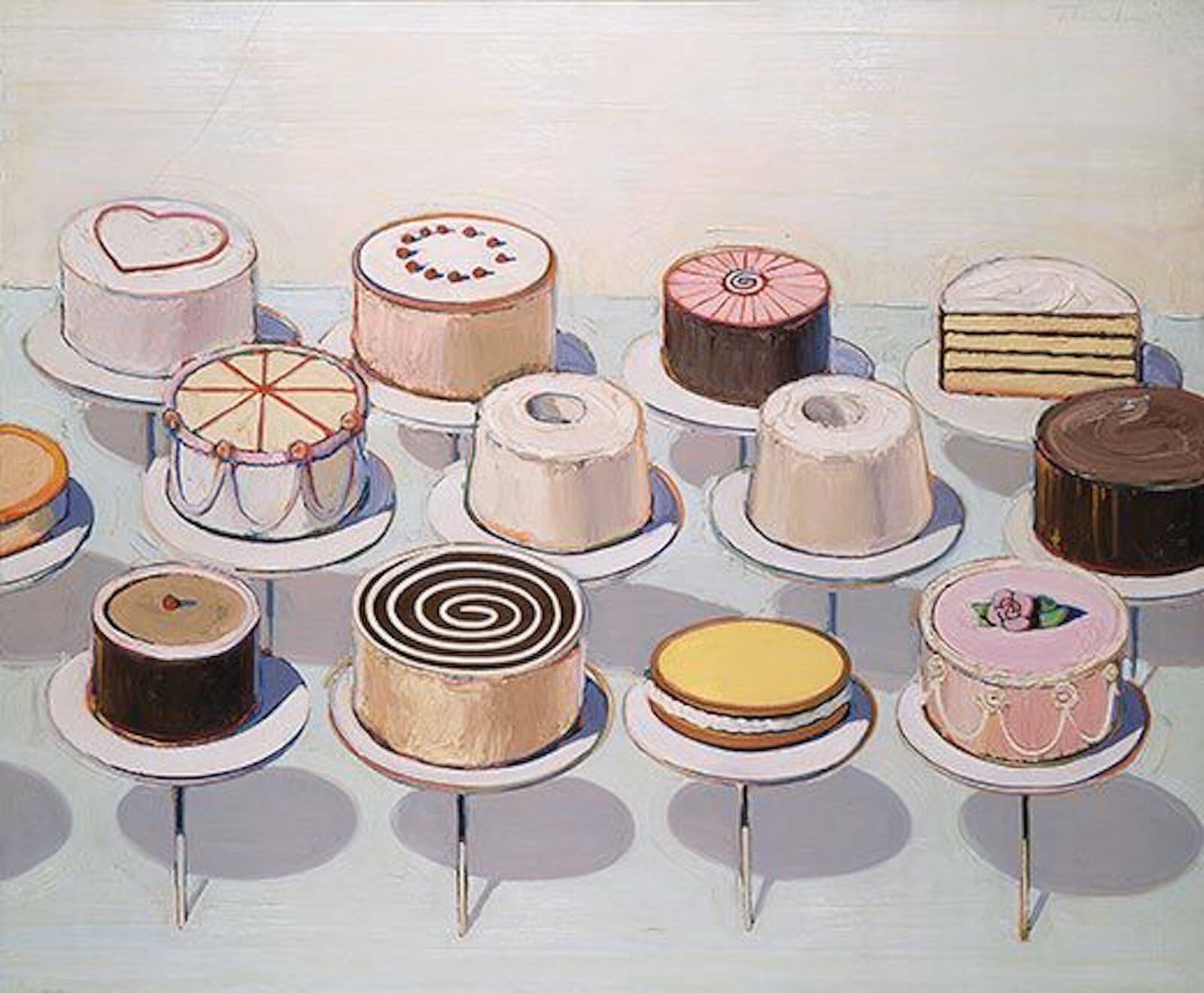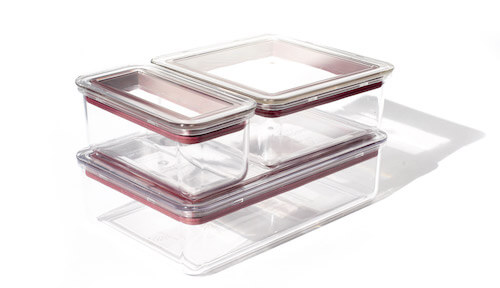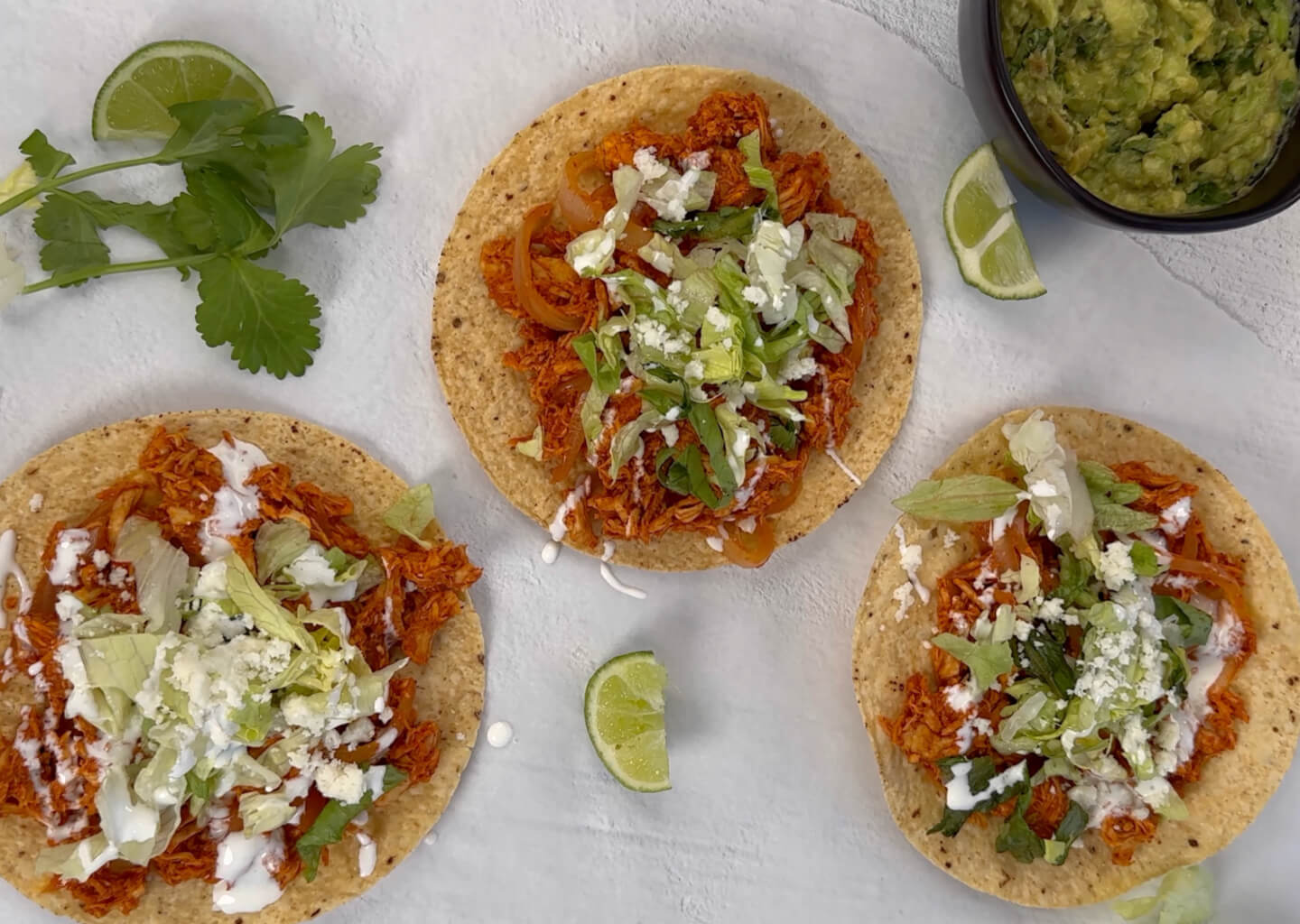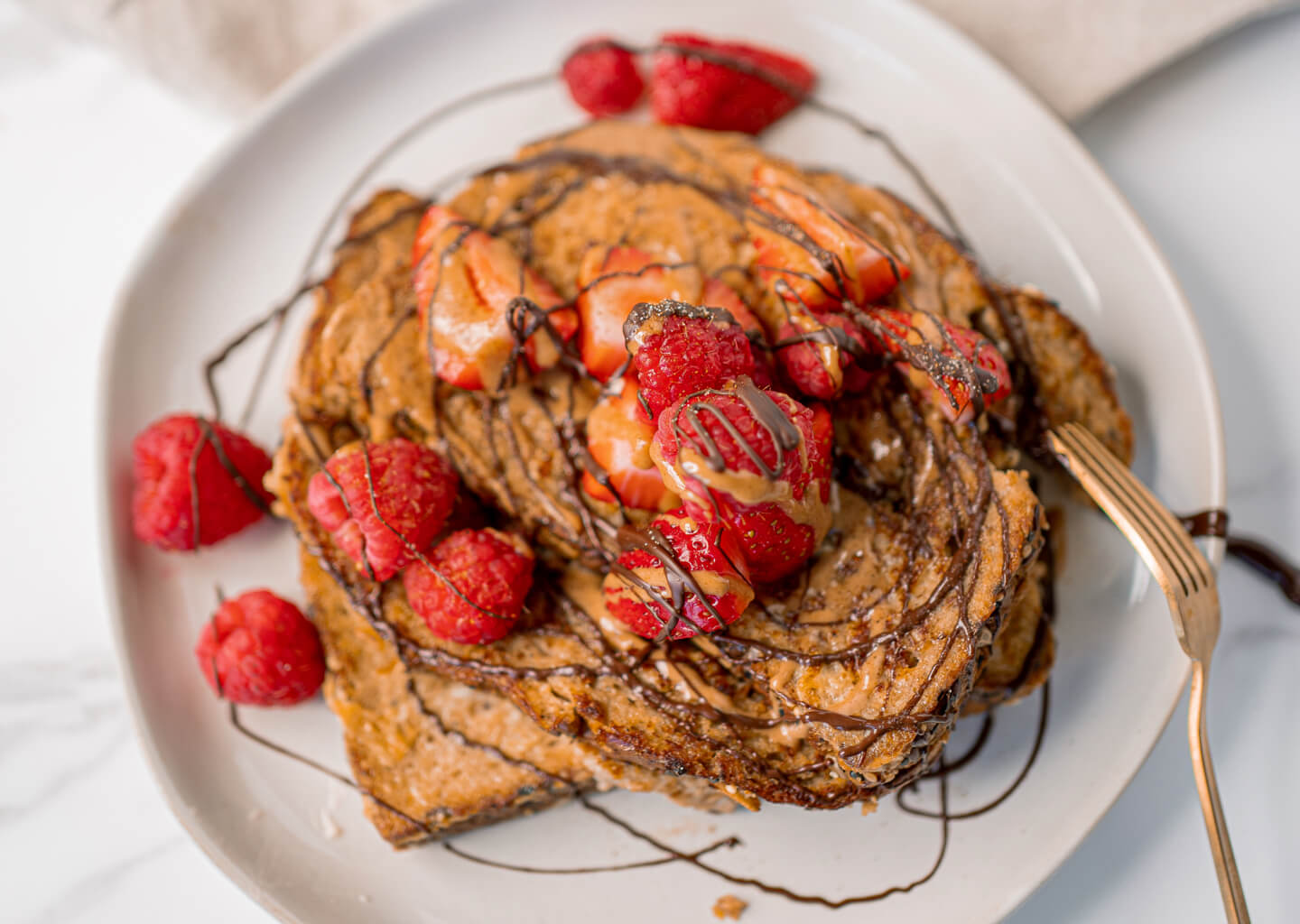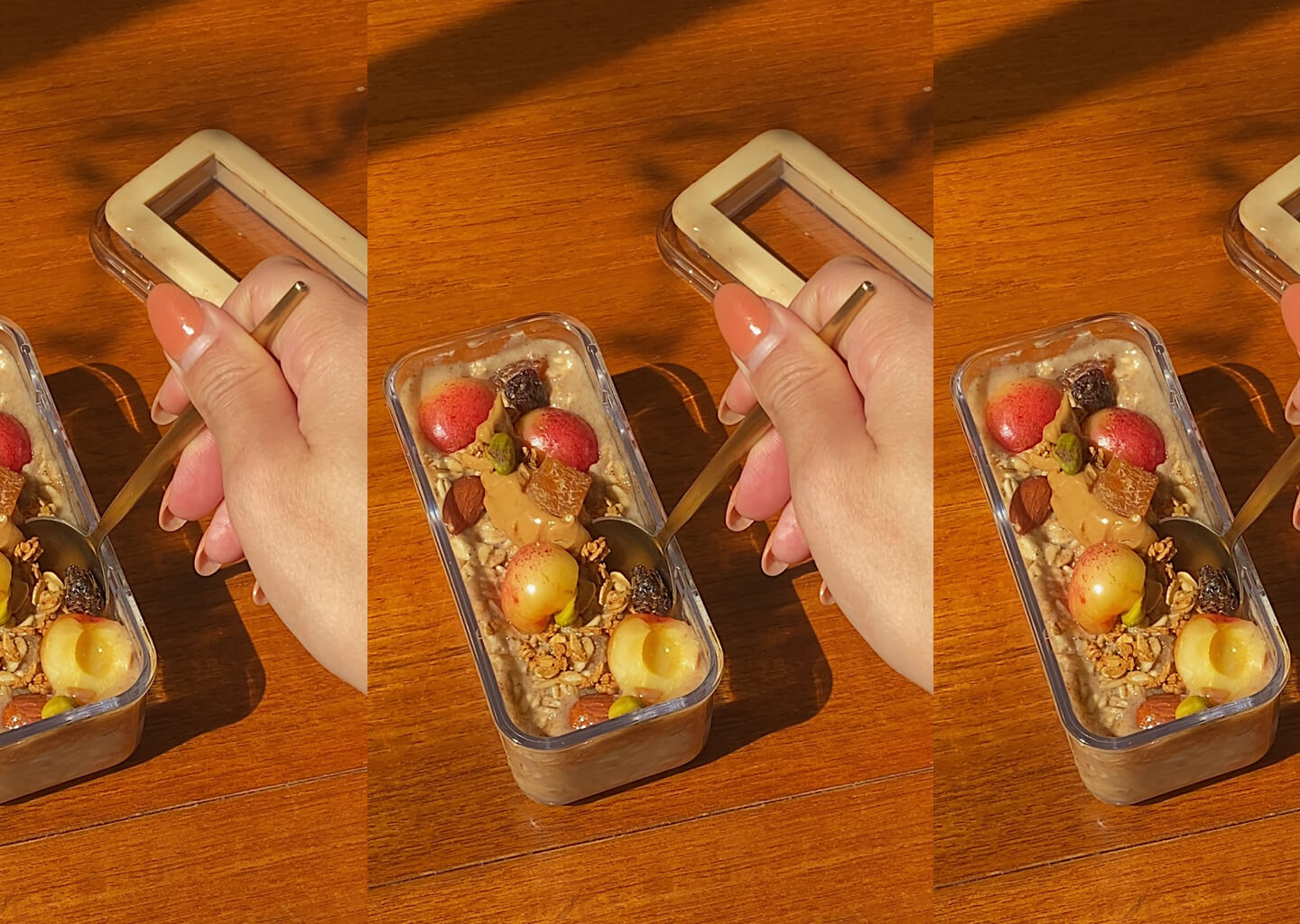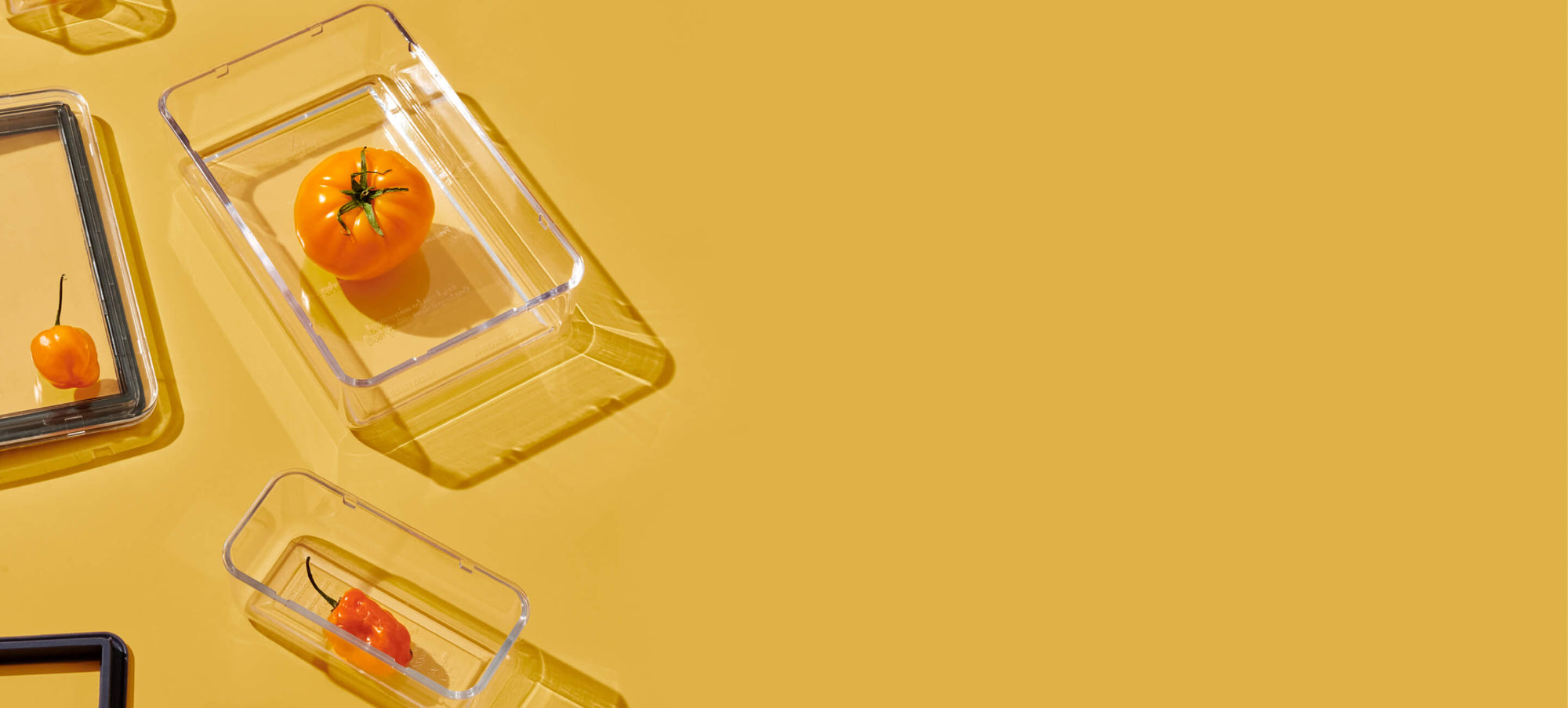Art featuring foods like juicy fruits, vegetables, meats and carbs, has been with us since the beginning. Often these images show one thing but reveal another, be it wealth or societal critiques. Other times it just makes us hungry.
Here’s a quick walk through the history of food art
--
Some of the first recorded food images come from Egypt. Hieroglyphs show crops and bread sketched on Egyptian pyramids, dating as far back as 3,300 BC.

Artist unknown, circa 3,000 BC
The Greeks and Romans were all for it, too. Roman paintings often featured glass bowls filled with fruit to indicate the wealth and generosity of Rome, like this one:

Unknown artist, circa 400 BC
Then there were the Roman gods who were all about food. Baccus, the god of wine, was linked with grapes, symbolizing a happy afterlife. Wheat was covered by Ceres, the grain goddess, who represented vice and virtue. Here’s Eros picking grapes.

Unknown artist, circa 200 BC
Now we come to food art laden with sex symbolism. Note the woman eying the viewer while chopping up a cabbage, which represents female sexuality. In the background a man grips a large carrot. Yes indeed. And for those paying close attention, in the left hand corner a cucumber is stacked between two tomatoes. Subtly was not on the cards in 1569.

Market Scene by Pieter Aertsen 1569
The Renaissance period was the next big one for food art. Dutch and Flemish painters flourished painting foods like fruits and cheeses.

Basket of Fruit by Caravaggio 1595
The still life remains iconic today, but it first became popular in the 16th and 17th centuries.

Still Life with Cheese by Floris Claesz. Van Dijck 1615
For the wealthy people commissioning the works, the paintings were often a tool to show off their class and status.

Still Life with Cherries, Strawberries, and Gooseberries by Louise Moillon in 1630
Fittingly, these artworks using food as their medium were often obliquely referring to decay and death.

White Soup Bowl by Anne Coster Vallayer 1771
Or to the fact life was fleeting and temporary.

Still Life With Quince, Cabbage, Melon, and Cucumber by Juan Sanchez Cortan, 1602-1603
In the 17th and 18th century coffee and chocolate started to feature in art, as global (also known as colonial) trade networks spread out across the world.

Three Women Telling Fortune in Coffee by Pehr Hilleström 1780s
This painting (we had to include it) shows butter the way it came in the 19th century, described by the Washington Post as a “greasy sand dune,” with the cheesecloth slipping down the side of the butter mountain “like a loose nightgown.” No more butter sticks.

Mound of Butter by Antoine Volllon 1875 - 1885
Then came Cezanne, an artist moving to his own beat. He worked on domestic still lifes featuring food when most of society had decided it was uninteresting. His work is still popular today.

Still life of Peaches and Pears by Paul Cezanne 1888-1890
In the 20th century, artists began using food art as a political tool. Below is one of Norman Rockwell’s most famous paintings, stemming from a speech made by Franklin Roosevelt. Later, his turkey painting became a symbol of family and peace.

Freedom From Want by Norman Rockwell 1943
Food art also showed us how society could be, like this painting of a bustling barbeque.

Barbecue by Archibald Motley (1960)
Pop artists honed in on food art to critique commercialism and consumerism. The most famous pieces, featuring mass produced goods, were done by Andy Warhol.

Campbell’s Soup Cans by Andy Warhol 1962
In a similar era, another artist named Wayne Thiebaud used cakes lined up like Warhol’s cans, to explore American nostalgia.

Cakes by Wayne Thiebaud 1963
Outside the critiques, other food art was being created. Garcia’s “The Dinner” shows a family gathered at the table. The uneasy imagery of the food on the table and the effect of the mother’s face highlight how our daily eating routines are in flux.

The Dinner by Antonio Lopez Garcia 1971-1980
Another movement, known as the Photorealist movement, documented quintessential America with paint, including the iconic condiments found in places like diners.

A-1 Sauce by Ralph Goings 1995
As for food art in the 21st century, we’ll get to it in our next piece, coming soon.
